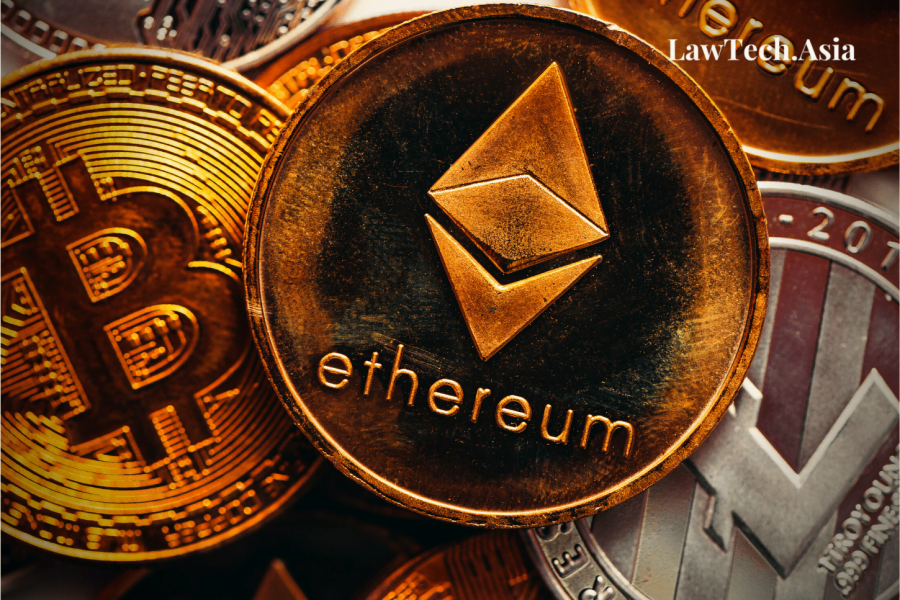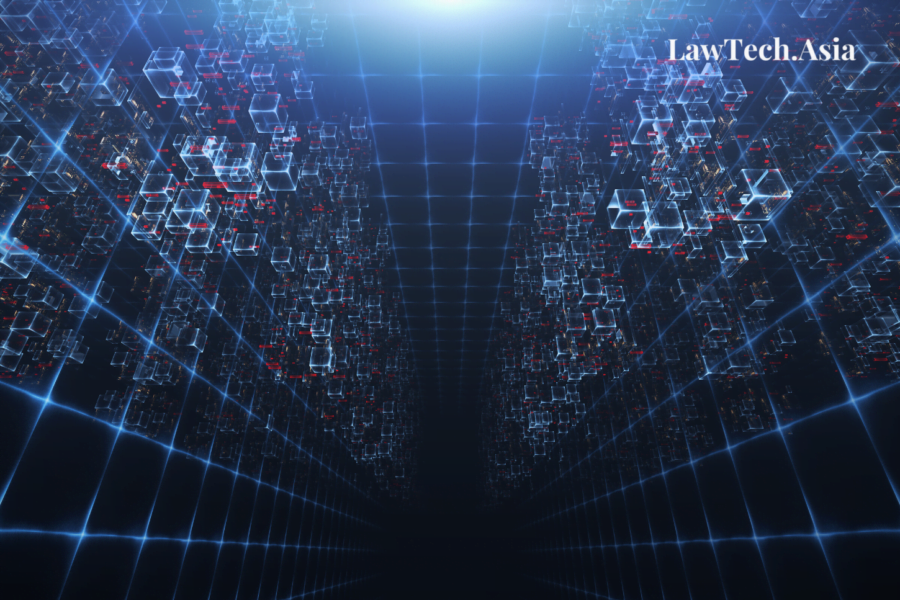Written by Tan Yan Ru | Edited by Josh Lee Kok Thong
We’re all law and tech scholars now, says every law and tech sceptic. That is only half-right. Law and technology is about law, but it is also about technology. This is not obvious in many so-called law and technology pieces which tend to focus exclusively on the law. No doubt this draws on what Judge Easterbrook famously said about three decades ago, to paraphrase: “lawyers will never fully understand tech so we might as well not try”.
In open defiance of this narrative, LawTech.Asia is proud to announce a collaboration with the Singapore Management University Yong Pung How School of Law’s LAW4032 Law and Technology class. This collaborative special series is a collection featuring selected essays from students of the class. Ranging across a broad range of technology law and policy topics, the collaboration is aimed at encouraging law students to think about where the law is and what it should be vis-a-vis technology.
This piece, written by Tan Yan Ru, seeks to explore liability and regulatory issues around cryptocurrency. It begins by exploring how the two central characteristics of blockchain – decentralisation and pseudonymity raise liability and regulatory issues. It then examines existing measures taken by regulators and policymakers to address liability issues, while acknowledging increasing sophistication on the part of those seeking to evade these measures. Other measures, such as raising cryptocurrency literacy and setting up a cryptocurrency task force are examined. Moving on, it examines the existing regulatory conundrum arising from the use of cryptocurrencies. It is observed that current regulatory regimes appear to reflect an escalating legal arms race to be the first in coming up with a solution. Finally, the paper submits that regulatory issues may be resolved by the harmonisation of the various regulations with international institutions working together.





